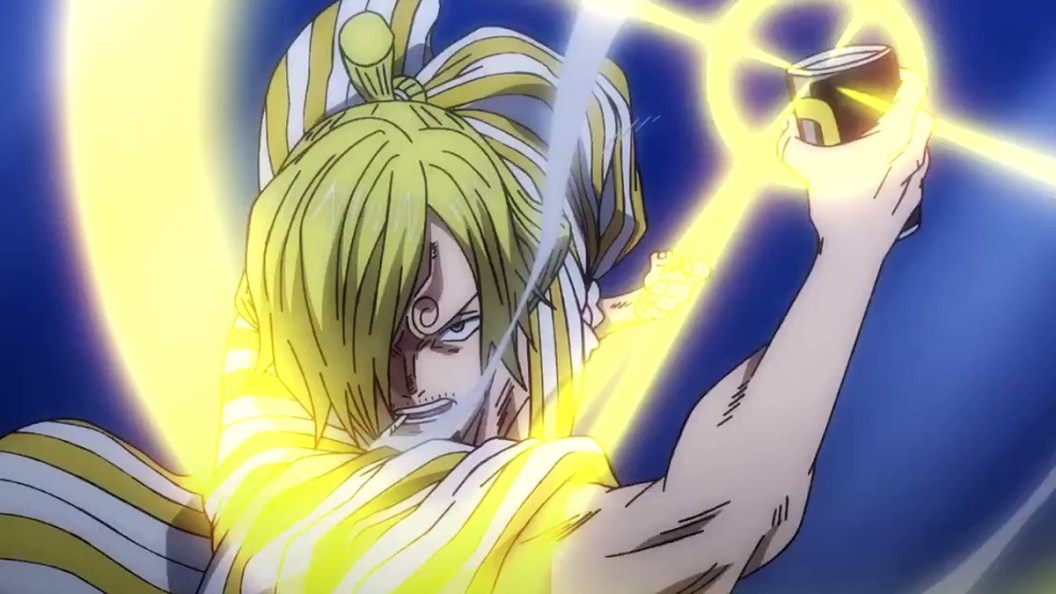Never underestimate the power of nostalgia: Star Wars : Episode III – Revenge of the Sith has become the second-highest-grossing re-release of all time. It’s an astonishing achievement..
. and it highlights where the galaxy far, far away went wrong. If you walked into a multiplex this weekend, it would’ve felt like you’d been transported back to 2005; Star Wars merch everywhere, Darth Vader helmets and other costumes, fans duking it out with lightsabers in screens, cheers and tears as Anakin and Obi-Wan flipped and fought in their Mustafar duel.

Unlike its two predecessors, Revenge of the Sith was mostly acclaimed, (rightly) hailed as a grand, tragic melodrama with some of the most groundbreaking digital filmmaking of the aughts. It has some of the best (and funniest) Star Wars moments ever, and decades later, Hayden Christensen’s once-maligned performance as the doomed Anakin has been re-appraised and embraced by the fandom. Amazingly, despite their many flaws – Attack of the Clones is an irredeemable snooze, sorry – you could argue that the prequels are now the least contentious Star Wars projects.
That’s part of the problem, and Disney only has itself to blame. Revenge of the Sith is a reminder that Star Wars used to be mainstream May 19, 1999: The Phantom Menace opens in cinemas nationwide. It’s one of the biggest pop-culture events in history, and even though it doesn’t quite live up to the hype – pod-racing and Darth Maul aside – its box office performance is a strong statement: Star Wars is back, and it’s here to stay.
Fast-forward to May 19, 2005: Revenge of the Sith – billed by George Lucas as “Titanic in space” – hits theaters, breaking midnight screening records and becoming an instant iconic hit, warts and all. Related The Mandalorian & Grogu movie is doing something interesting, so of course, Star Wars fans hate it Star Wars fans. No one like them.
pic.twitter.com/Wmyl9G5T3k What happened next? Star Wars wouldn’t return to the big screen until The Force Awakens in 2014, with the series expanding on the small screen with The Clone Wars and Rebels – crucially, these shows weren’t deemed required viewing, operating much like the expanded Legends canon and games like Star Wars: The Force Unleashed .
In other words, they never overwhelmed the larger franchise. So, when the sequel trilogy – The Force Awakens, The Last Jedi, and The Rise of Skywalker – rolled around, nobody felt daunted by a new Star Wars film. Each movie, despite the baffling division in the wake of TLJ, was a major cinemagoing event for the mass audience; they grossed more than $1 billion each, and they cumulatively made $4.
47 billion. Even Rogue One: A Star Wars Story, the franchise’s first theatrical spinoff, made more than $1 billion. Between 1977 and 2019, Star Wars fever was always in the air, and Revenge of the Sith proves how hungry people are for that feeling again – so what happened? Disney Plus has turned Star Wars into a niche property Everything changed in 2019.
Disney Plus launched with The Mandalorian , the first live-action Star Wars TV series ever. One month later, The Rise of Skywalker closed the curtain on the sequels with the lowest-rated project in the franchise’s history, with its revival of Palpatine, fan-pandering plot, and weakly developed characters leaving viewers disappointed. Six years later, Star Wars has remained absent from theaters, with Disney and Lucasfilm funneling cash and creative power into its streaming output, resulting in: The Mandalorian The Book of Boba Fett Obi-Wan Kenobi Andor Ahsoka The Acolyte Skeleton Crew The Bad Batch Star Wars: Visions Tales of the Jedi Young Jedi Adventures In six years, there have been 11 TV shows.
Since Star Wars’ debut in 1977, there have been 11 movies. That is a big difference, especially with the weight it places on the audience. An everyday person cannot be expected to keep up with everything, and that’s before you get to the likes of The Mandalorian’s later seasons and Ahsoka, which connect to the lore of Dave Filoni’s Clone Wars and Rebels shows.
That’s asking a lot of viewers; even I had to do some serious Googling to keep up with them. Even Andor, one of the most acclaimed Star Wars projects ever, is a hard sell to a normie. Here’s the pitch: “Remember the spy from Rogue One? Well, this is a TV show about what happened five years before the movie and how the rebellion started.
It doesn’t have anything to do with Jedis and the Sith, so there probably won’t be any lightsaber battles.” Unless you’re obligated to keep up with it – like me – you need to be really invested in Star Wars to watch all of the Disney Plus shows. Therein lies the problem: Star Wars was one of the biggest franchises in the world, but now it feels impenetrable.
“Twice the pride, double the fall.” When Revenge of the Sith was in cinemas, it was simple. There were six Star Wars movies, and if you were a super-fan, there were a few side projects; Genndy Tartakovsky’s Clone Wars, books, and games.
That’s how Star Wars became a pop culture titan. By prioritizing streaming and oversaturating the franchise, it’s lost its mainstream appeal – it remains to be seen if The Mandalorian & Grogu and Starfighter can recapture the masses. The response to Revenge of the Sith sums it up perfectly: the memory of Star Wars is more potent than any of its Disney Plus content.
Keep up with our guide to every upcoming Star Wars project , our breakdown of the Star Wars timeline , and our ranking of the best Star Wars characters ..
Entertainment

Revenge of the Sith box office success reveals Star Wars’ biggest mistake

Revenge of the Sith has brought Star Wars fever back to theaters – and exposed where the franchise has gone wrong.















